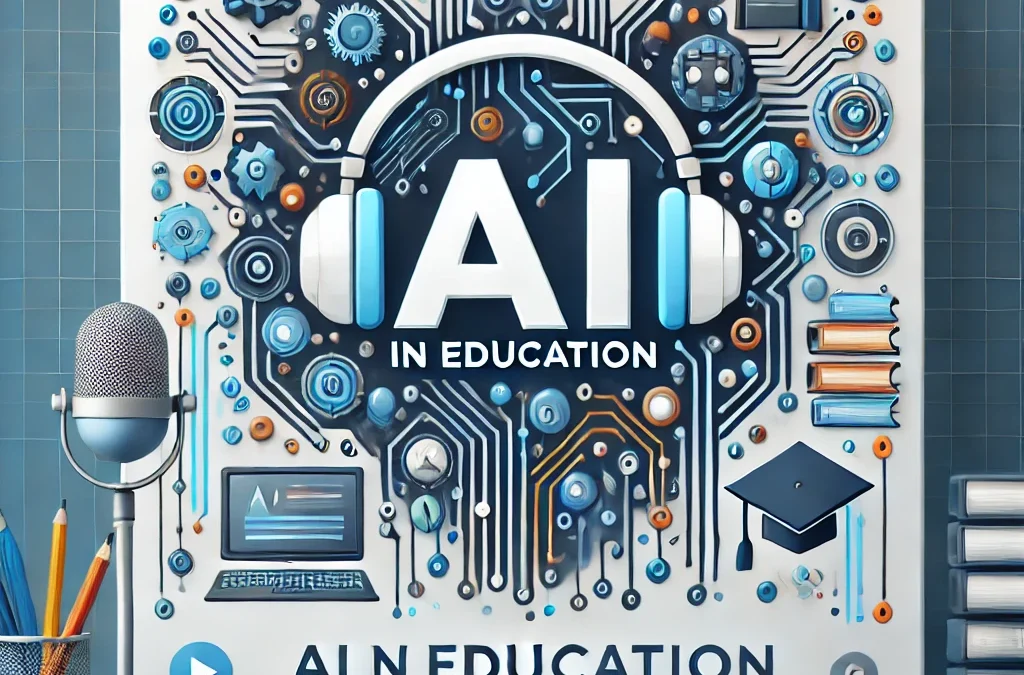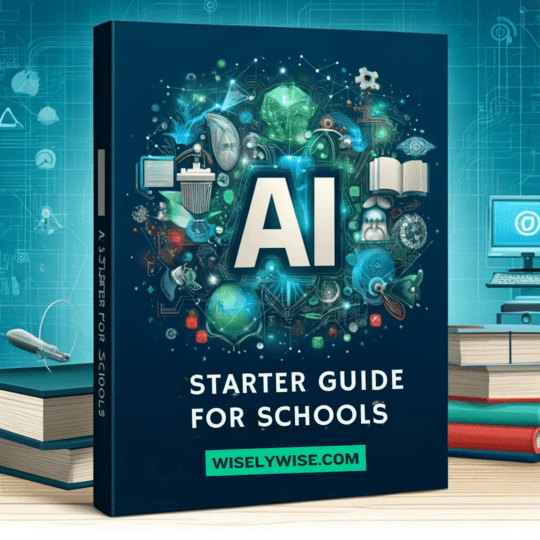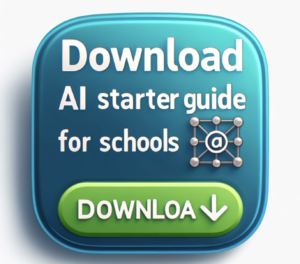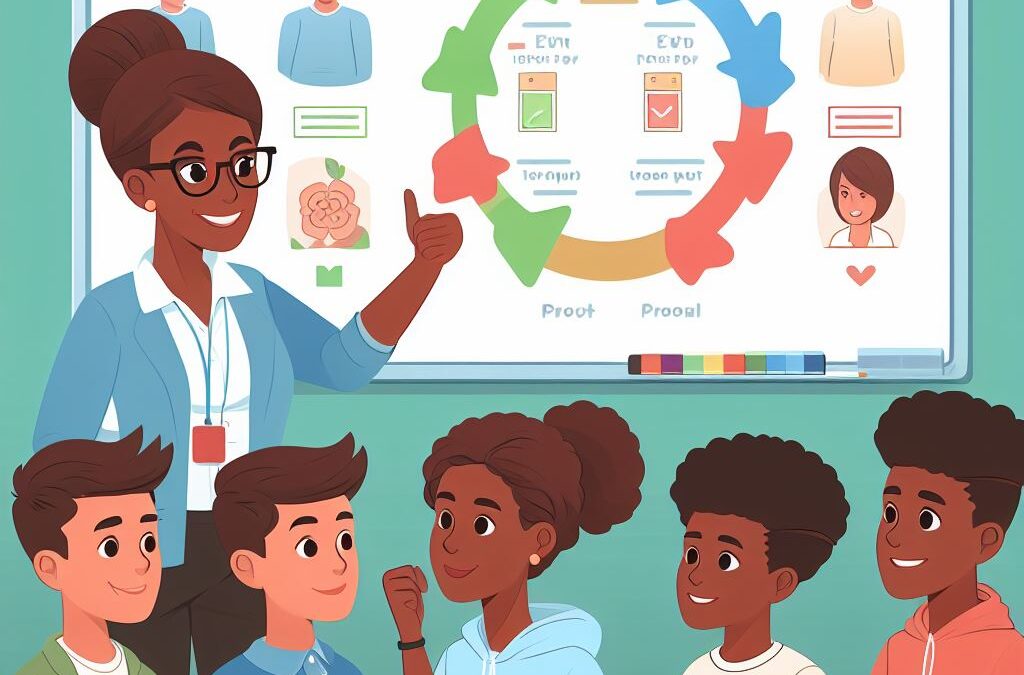English Grammar Check: Empowering Educators with AI Tools
In the world of education, mastering English grammar teaching methods remains a multifaceted challenge. With technological advancements continually reshaping our landscape, educators are turning to AI tools to revolutionize the way grammar is taught and assessed. This article explores how AI-powered solutions can enhance the English grammar check process for teachers.
The Evolution of English Grammar Check
The evolution of English grammar check tools has been remarkable. No longer solely reliant on manual proofreading, the advent of AI and machine learning has ushered in advanced grammar checking tools. These tools not only correct basic errors but also offer insightful suggestions for more complex grammatical issues.
Understanding AI-Powered Grammar Tools
AI-powered grammar tools come in various forms, from browser extensions to dedicated software platforms. These tools employ sophisticated algorithms to analyze written content, identifying grammatical errors, spelling mistakes, punctuation issues, and even style inconsistencies.
Educators often grapple with time constraints and a substantial volume of students’ written work. AI tools streamline the grading process by swiftly detecting errors, allowing teachers to focus more on teaching and providing personalized feedback.
Benefits of AI Grammar Enhancers for Educators
Time Efficiency: AI grammar enhancers significantly reduce the time spent on manual proofreading. They swiftly identify errors and suggest corrections, allowing teachers to focus on teaching content rather than exhaustively correcting grammar.
Customization and Feedback: Many AI tools allow for customized settings and provide detailed feedback. Educators can tailor the tools to match the skill level of their students and offer specific feedback on common mistakes.
Enhanced Learning Experience: By using AI-powered tools, teachers not only correct errors but also teach students by explaining the reasoning behind suggested changes, fostering a better understanding of grammar rules.
Integrating AI Tools in English Grammar Lessons
Educators can seamlessly integrate AI tools into their lesson plans. By incorporating these tools during writing assignments or language exercises, teachers create a supportive environment for students to learn and improve their grammar skills actively.
Considerations for Effective Use of AI Grammar Tools
Understanding Tool Capabilities: Educators should familiarize themselves with the functionalities of the chosen AI tool to maximize its benefits. Understanding the tool’s capabilities helps in utilizing its full potential.
Balancing Automation and Manual Review: While AI tools are powerful, they are not flawless. It’s crucial for teachers to strike a balance between automated corrections and manual review to ensure accurate assessments and personalized feedback.
Encouraging Student Engagement: Teachers should encourage students to actively participate in the grammar checking process. This involvement not only improves their understanding of language rules but also fosters a sense of responsibility in their learning journey.
Conclusion
In conclusion, AI-powered grammar check tools serve as invaluable assets for educators seeking efficient and effective ways to evaluate and teach English grammar. These tools not only streamline the proofreading process but also contribute to a more enriched learning experience for students. Embracing AI technology in the realm of grammar education marks a significant leap toward comprehensive language learning and teaching. As teachers integrate these tools into their pedagogy, the future of English grammar education appears brighter and more accessible than ever before.











Recent Comments